The disease is on the rise as the weather changes and there is more rain, creating favorable conditions for disease-carrying mosquitoes to breed.
During the week, Hanoi CDC recorded 9 new outbreaks in areas such as Tam Hung, Tay Mo, Xuan Phuong, Ba Dinh, Nghia Do, Chuyen My, Tay Ho... Many outbreaks have a high number of cases, complicated developments, and insect indexes in the monitoring areas are all at risk levels.
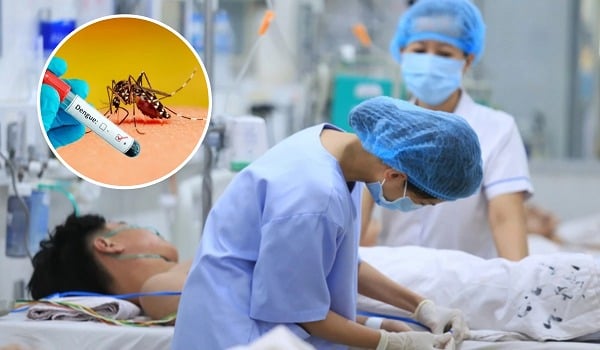 |
| Dengue fever in Hanoi is on the rise. |
Health authorities have conducted monitoring, investigation and handling in a number of high-risk areas, including: the outbreak at group 3, 4 Thuy Khue (Tay Ho district), recorded 3 patients and handled once after being identified on August 26; the outbreak at Gia Khanh village, Thuong Phuc commune (identified on August 25) recorded 5 cases; the outbreak at village 1 Giang Cao, Bat Trang commune (identified on August 27) had 2 patients.
Next week, Hanoi CDC will continue to monitor and detect patients at medical facilities, on software systems and in the community to promptly isolate, investigate and handle cases and outbreaks, preventing the disease from spreading.
Areas with active outbreaks such as Van Dinh, Kieu Phu, Dan Hoa and Hat Mon are also being closely monitored. At the same time, this unit is implementing prevention and control of Chikungunya combined with dengue fever through campaigns to kill larvae and spray chemicals to kill mosquitoes at risk areas.
In particular, the Hanoi CDC's mobile anti-epidemic teams will continue to be on duty during office hours and overtime until September 15, 2025, to ensure medical work for the Socio -Economic Achievement Exhibition taking place at the National Exhibition Center (Dong Anh).
Along with that, CDC promotes activities to support monitoring, investigation and treatment of infectious diseases at the grassroots level, while monitoring environmental sanitation and disease prevention and control during the rainy and stormy season in localities.
Medical quarantine work at Noi Bai International Airport has also been strengthened to promptly detect suspected or infected cases, thereby applying appropriate and timely treatment measures.
As the epidemic is entering its peak stage, the Hanoi CDC recommends that people proactively take effective preventive measures such as avoiding mosquito bites, destroying larvae, maintaining a clean living environment, and removing objects containing stagnant water.
Measures such as sleeping under mosquito nets, wearing long-sleeved clothes, using mosquito repellent creams or sprays are recommended. In addition, for those in the risk group and eligible, vaccination against dengue fever is considered one of the effective measures to reduce the risk of disease and serious complications.
Currently, there are two dengue vaccines that have been prequalified by the World Health Organization (WHO). The first is CYD-TDV (Dengvaxia, Sanofi), for seropositive people aged 9 years and older, but this vaccine has been discontinued in many markets.
The second type is TAK-003 (Qdenga, Takeda), licensed by the Vietnamese Ministry of Health for use from May 2024, indicated for people aged 4 years and older, does not require pre-vaccination serum testing and includes 2 doses 3 months apart.
According to research data, TAK-003 had 80% protective efficacy after 12 months and up to 90% efficacy against dengue hospitalization after 18 months.
With the advantage of not requiring serum screening and easy mass vaccination, this vaccine is expected to contribute to quickly reducing the epidemiological and economic burden caused by dengue fever in Vietnam in the coming time.
Source: https://baodautu.vn/ha-noi-so-ca-mac-sot-xuat-huet-tiep-tuc-tang-nhieu-o-dich-dien-bien-phuc-tap-d380715.html




![[Photo] Prime Minister Pham Minh Chinh chairs the Government's online conference with localities](https://vphoto.vietnam.vn/thumb/1200x675/vietnam/resource/IMAGE/2025/10/5/264793cfb4404c63a701d235ff43e1bd)

![[Photo] Prime Minister Pham Minh Chinh launched a peak emulation campaign to achieve achievements in celebration of the 14th National Party Congress](https://vphoto.vietnam.vn/thumb/1200x675/vietnam/resource/IMAGE/2025/10/5/8869ec5cdbc740f58fbf2ae73f065076)

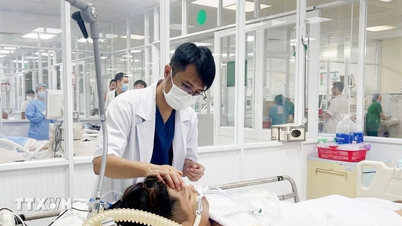

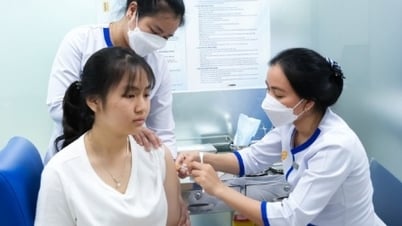
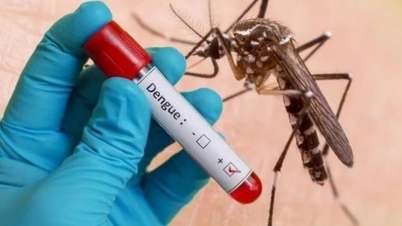

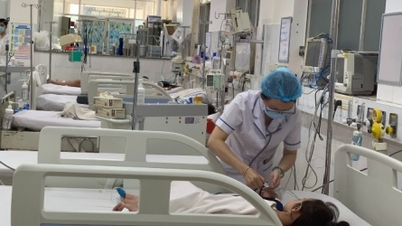


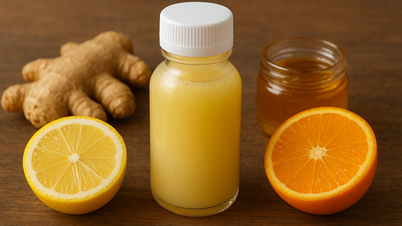

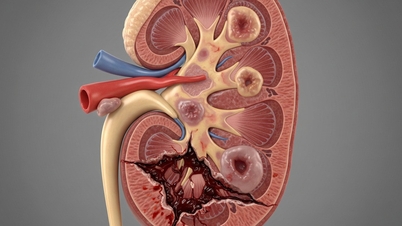

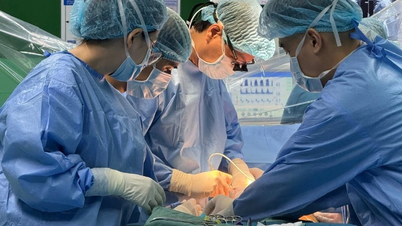

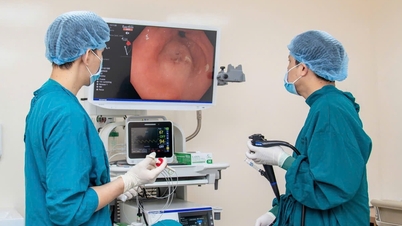
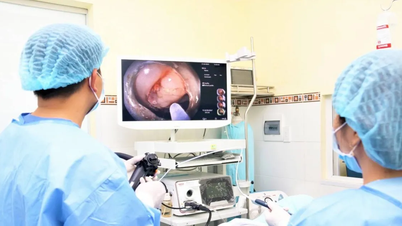


































![[VIDEO] Summary of Petrovietnam's 50th Anniversary Ceremony](https://vphoto.vietnam.vn/thumb/402x226/vietnam/resource/IMAGE/2025/10/4/abe133bdb8114793a16d4fe3e5bd0f12)

![[VIDEO] GENERAL SECRETARY TO LAM AWARDS PETROVIETNAM 8 GOLDEN WORDS: "PIONEER - EXCELLENT - SUSTAINABLE - GLOBAL"](https://vphoto.vietnam.vn/thumb/402x226/vietnam/resource/IMAGE/2025/7/23/c2fdb48863e846cfa9fb8e6ea9cf44e7)














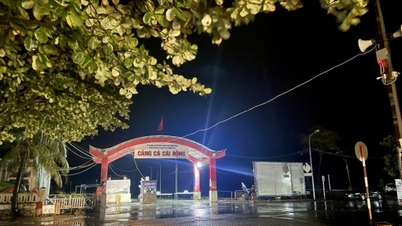

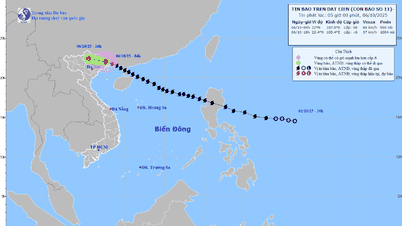
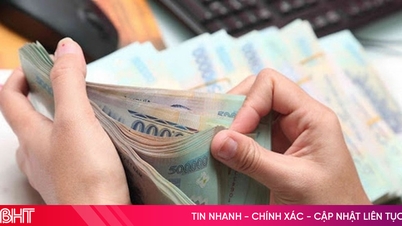



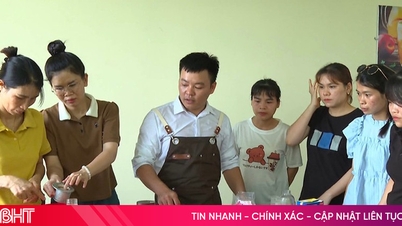
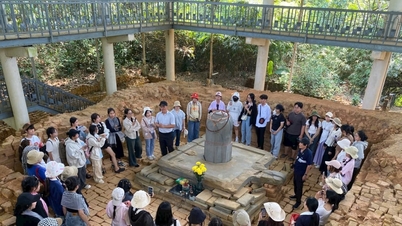













Comment (0)